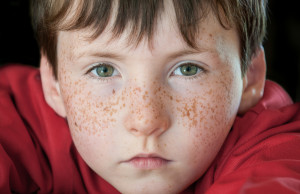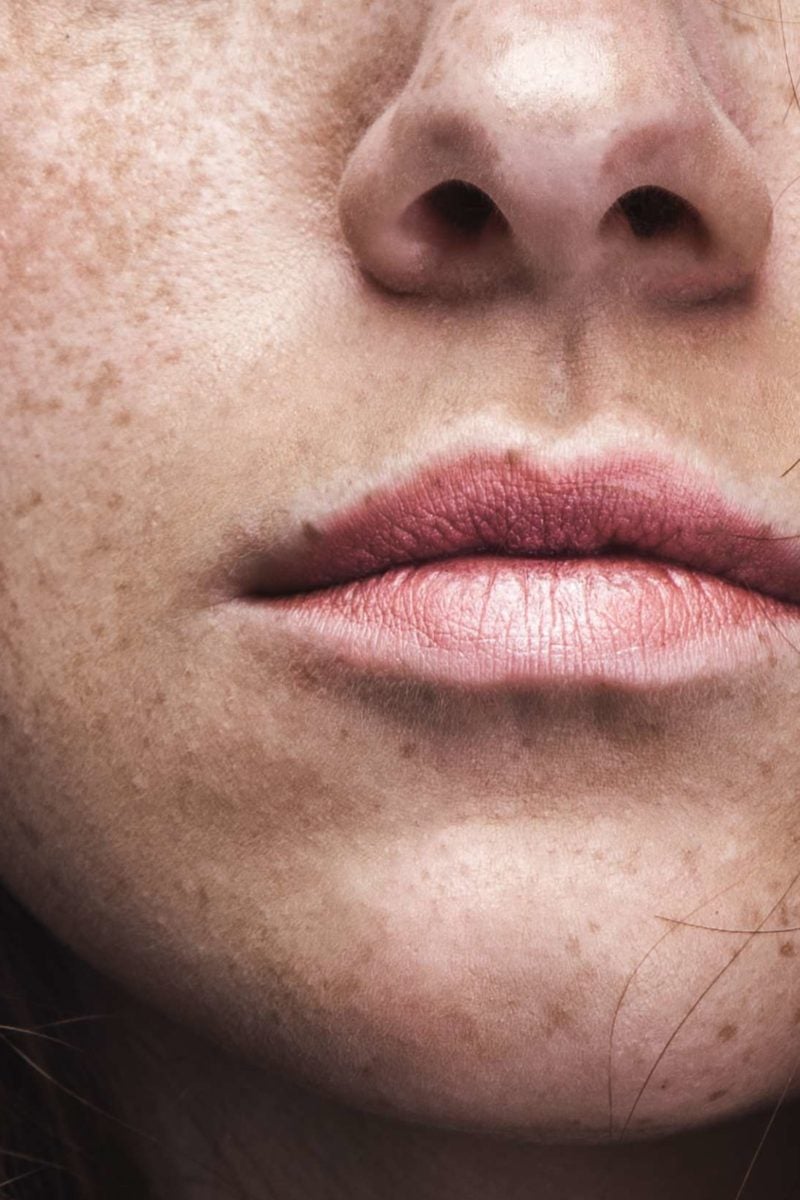What Causes New Freckles
Freckles are an iconic feature that adorns the skin of many people, especially those with fair complexions. While they are mostly perceived as charming spots on the skin, freckles can be a source of embarrassment for some individuals.
So, what are freckles, and what causes them? Freckles are small brown spots that appear on the skin as a result of an increase in melanin production. Melanin is the pigment that gives color to the skin and helps protect it from harmful UV rays.
Types of Freckles

There are two primary types of freckles: ephelides and solar lentigines. Ephelides are the most common type of freckles and usually appear on sun-exposed areas of the skin such as the face, neck, and shoulders. They are usually quite small and fade away during the winter months.
Solar lentigines, on the other hand, are larger and more irregular in shape. They tend to appear on areas of the skin that have been exposed to the sun for a prolonged period. Unlike ephelides, solar lentigines do not fade away and may even darken with age.
What Causes Fabulous Freckles?
The primary cause of freckles is genetic. If your parents or grandparents have freckles, there is a high chance that you will develop them too. Other factors that can trigger the formation of freckles include:
- Excessive exposure to the sun
- Hormonal changes during pregnancy or puberty
- Stress
- Certain medications such as birth control pills and antibiotics
Freckles are more common in people with fair skin, red or blonde hair, and blue or green eyes. People of African or Asian descent are less likely to have freckles because they have more melanin in their skin.
Identification of Freckles
The easiest way to identify freckles is by their color and shape. They are usually small, round or oval-shaped, and light brown in color. However, freckles can appear in various colors, such as red, tan, yellow, and black, depending on the skin type and the amount of sun exposure.
Freckles are generally harmless, but they can be a risk factor for skin cancer. That’s why it’s essential to examine your freckles regularly for any changes in color or shape.
Managing Freckles

There are various ways to manage freckles, depending on your preferences. The most important thing is to protect your skin from excessive sun exposure by:
- Wearing protective clothing such as hats and long-sleeved shirts
- Using sunscreen with a minimum SPF of 30
- Avoiding the sun during peak hours (10 am to 4 pm)
If you want to reduce the appearance of your freckles, there are several options available, such as:
- Topical creams containing retinoids, hydroquinone, or corticosteroids
- Laser therapy that can help lighten and remove freckles
- Chemical peels that can exfoliate the skin and reduce the appearance of freckles
However, it’s important to note that these treatments may not be suitable for everyone, and it’s always best to consult with a dermatologist before trying any new treatments.
The Bottom Line
Freckles may be a source of embarrassment for some people, but they are harmless. In fact, freckles can add character and uniqueness to your skin. However, it’s essential to protect your skin from excessive sun exposure and monitor your freckles regularly to ensure they are not a risk factor for skin cancer. If you are concerned about your freckles, consult with a dermatologist to determine the best course of action.